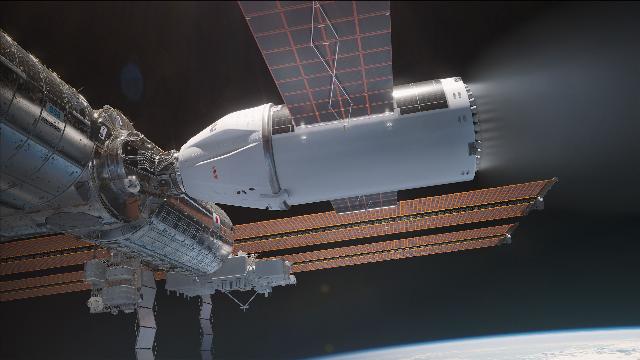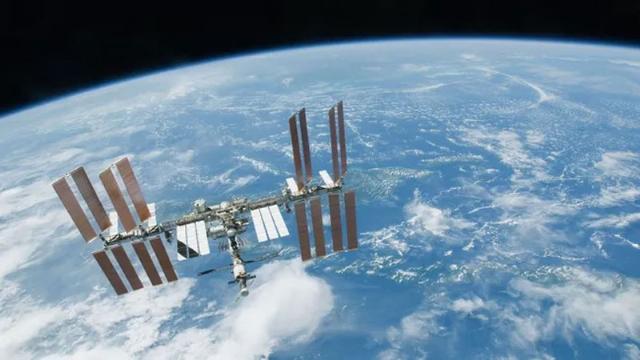As you know, NASA has chosen SpaceX for the operation of de-orbiting and sinking the International Space Station in the Pacific Ocean. More details about this mission became known yesterday. The upgraded SpaceX Dragon cargo ship will take the station out of orbit. And the process will take several years, but the ship itself will be involved only at the final stage.
NASA once again stressed that even without Russia's participation, the station will continue to remain inhabited. Russia is considering withdrawing from the ISS project in 2028, while NASA will pull the station until 2030 and longer if commercial orbital stations are not ready by that time. It will be unacceptable for the United States if there is only one Chinese-owned space station in the sky above the Earth.
The SpaceX Dragon spacecraft, upgraded for the ISS orbit, will carry six times more fuel and three to four times more energy than in conventional Dragon capsules. The end result, at least according to the render published by SpaceX, looks like an enlarged Dragon. The expanded space will store all the additional fuel, power generators and new avionics needed to complete the ISS mission. This includes 30 additional Draco rocket engines in addition to the 16 already installed on the standard capsule configuration.
 |
| Enhanced SpaceX Dragon. |
| Source: 3dnews.ru |
According to calculations, it will take from 12 to 18 months to reduce the height of the station from the current approximately 400 km to the height of "no return" 220 km. All this time, the crew of astronauts will remain on the ISS, which will ensure the normal operation of the station. Only after that, the upgraded Dragon will start working. Over the course of four days, he will perform a series of engine launches to put the station on an accurate trajectory of descent from orbit, and then conduct a final descent. The parts of the station that will not burn up in the Earth's atmosphere will fall into an as yet undefined uninhabited part of the ocean.
According to NASA representatives, the agency, together with other partners of the station — Roscosmos, the European Space Agency, the Japanese Aerospace Exploration Agency and the Canadian Space Agency — decided to approach private companies with a proposal to create a descent vehicle after it became clear that the capabilities of Roscosmos did not match the size of the station.
In addition to the SpaceX proposal, the agency considered the option of a Northrop Grumman tugboat. Its trucks also fly to the ISS and can be upgraded to take the station out of orbit. Moreover, Northrop Grumman promised to complete the work in a shorter time. However, the Northrop Grumman tug had one flaw (apart from the higher cost of the project) — it could not operate at certain angles of the Sun's position relative to the Earth. Therefore, NASA eventually chose a guaranteed working version of the SpaceX tugboat. Finally, SpaceX has such an extensive supply and production system, apart from integration into NASA programs, that its choice is one hundred percent justified.
Gennady Detinich

